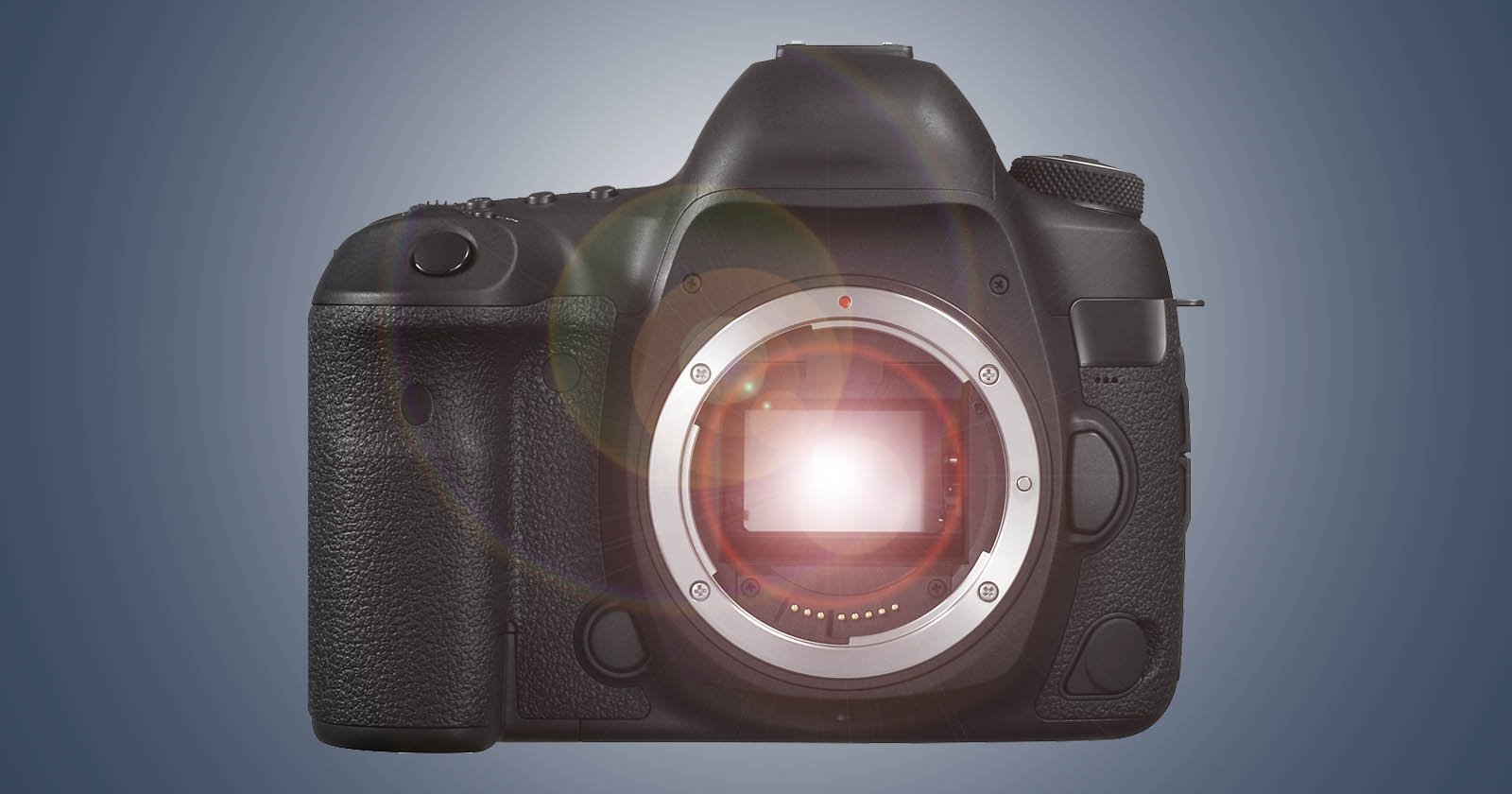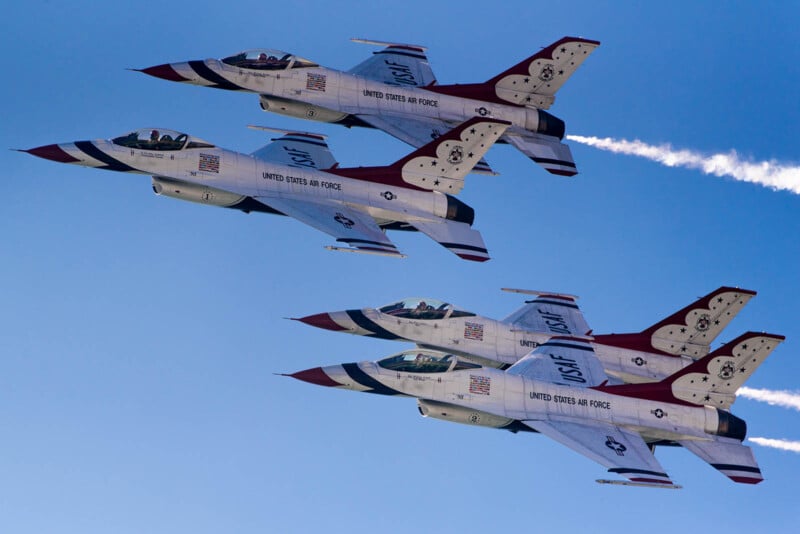
[ad_1]
![]()
As someone who earns a living from digital media and keeping plugged into the photographic and videographic industries, it’s only natural that I spend a lot of time cruising around on the information superhighway and frequently interacting with people all over the world on the subject of cameras and the field writ large.
Both on traditional social media and forum sites like Reddit, NikonRumors, and DPReview, I’m always eager to talk shop about the industry that has provided me with both a creative outlet and a way to support myself.
Over the past few years, now that the mirrorless camera has firmly established itself as the technology that will eventually completely replace the DSLR, it’s become more and more common for beginners looking to get into the photography hobby, or indeed, seasoned professionals still daily-driving their Canon 1D X Mark III or Nikon D5, to wonder aloud if they should continue to use or invest in a platform that they perceive as “dead” or “obsolete”. While it’s true that just about every major manufacturer has either ceased or significantly slowed new production of their DSLR lineup, I’d like to make the case that the DSLR is far from dead, and right now, in fact, it is the best entryway into the world of photography and still holds a great deal of value for those with an extensive collection.
Now, I can already hear the rumblings of protest even before I’ve finished writing this. “What lunatic would invest in a technology that has already been supplanted by a completely new one?” Don’t get me wrong, mirrorless tech has and will continue to bring huge leaps forward in imaging performance, and at some point will become the only logical choice as we reach the limits of backward compatibility, but that does not by any stretch of the imagination mean that the DSLR equipment that already exists has lost anything in terms of capability.
Let’s start by talking about the camera bodies themselves, in the context of a beginner for the sake of argument. When considering the purchase of a camera, most people will have a figure in their head for what they’d like to spend, and for an enthusiastic beginner, let’s assume that’s somewhere between $750 and $1,000. In the current Nikon range of mirrorless cameras, buying new, that’ll get you a Z50, Zfc, or Z5. All of those are great cameras in their own right and are very clearly positioned to fill this market segment, with a good mix of features to choose from depending on your exact needs.
On the used market, though, a prospective shopper is absolutely spoiled for choice. At the time of writing, on a variety of used marketplaces, one can find everything from a Nikon D810 for $650-$800 (with a launch price of $2,900) to even a D4S for closer to that $1,000 mark (which, as a flagship DSLR, launched at a whopping $6,500). And, if your goal is to shave even more off your outlay while still getting the best gear you can, if you’re prepared to put a bit of effort into finding a good deal, you can get a D750, the very same camera I bought to start my career, for less than $500, just over one-fifth of its value on launch.
The value proposition doesn’t end with the DSLRs themselves, either. Their lenses have a similarly excellent price-to-performance ratio and are by far and away the most expensive collective component of any camera system. You might trade up to a new camera body once every few years as a keen enthusiast, but almost without exception, the lenses you purchase will stay with you for the entire time you keep shooting that system, or even longer if you choose to use them adapted. As a matter of fact, because of the fact that lenses often greatly outlive the bodies they were originally designed to be mounted to, F, EF, and older M43 lenses can often offer an even more enticing purchase opportunity than the bodies in their respective systems.
Again, let’s assume we’re shopping for a common, versatile lens in the Nikon system, like, for example, the 24-120mm f/4. The new Z-mount version of that lens retails for $1,100, while the F-mount version can be had any day of the week for less than $300, in excellent condition. If, for instance, you happen to want more reach than that, you can find a first-party 70-300mm f/4.5-5.6 kit lens for just about $100 on the extreme budget end, or a third-party Tamron for even a few dollars less. Sure, neither of those are the fastest, sharpest, most clinically perfect lenses ever made, but they’re absolutely workable, and it means that, as a beginner, you could spend well under $1,000 and have a full-frame body with a couple of lenses that cover everything from 24mm out to 300mm. That’s plenty versatile for the vast majority of people, and that setup is absolutely capable of some incredible things. Don’t believe me? Check this out:

Lastly, I’m of the opinion that mirrorless cameras don’t actually offer much of a real advantage for someone just learning the ropes of photography, at least in a way that affects the end product. Yes, obviously a shiny new flagship mirrorless body will probably be able to take cleaner photos at higher ISO settings, have faster or more accurate autofocus, and be able to shoot incredible video that puts to shame all but the most expensive cinema cameras. And yes, with a mirrorless camera, you’ll probably get image stabilization and be able to preview your exposure in the viewfinder instead of just having to go off of the meter.
But when it comes to being able to create a good image that serves as a tool for learning the art and science of photography, how much of that really matters? Is learning to shoot in a dark environment completely ruined by a bit more noise in your photos? Does learning how to use depth-of-field or how to pose a subject really require you to be able to preview exposure? Or, because it’s still a digital camera and you can still take a virtually infinite number of photos for free, does it make more sense to just shoot a test shot, decide if you like it, and adjust accordingly?
This idea goes the same way for professionals, too. If you’re heavily invested in a particular camera system, with thousands or tens of thousands of dollars worth of professional-grade bodies and lenses that still do the job you need them to do perfectly well, what sense is there in abandoning that system simply due to its age, especially when you can carry forward your lenses (again, the actually expensive part) using an adapter if and when your needs evolve past the capabilities of your tried and tested DSLRs? You’ve already paid for that quality, and short of physical damage or internal contamination, a lens isn’t going to just magically get less sharp or less colorful over time.
Much like most things in the tech world, camera manufacturers have gotten very good at marketing the benefits of their shiny new products. Yes, the new M4 iPad and the (upcoming) accompanying MacBooks are most assuredly going to be lightning fast (ironic, considering the Lightning port was anything but fast) and offer plenty of new features to woo potential buyers. The thing is though, there are plenty of use cases where those new features don’t provide any tangible benefit, or at least not enough to warrant the reinvestment. I can say from having a number of musician friends that when it comes to their recording setup, as long as the hardware can run Reaper or Logic and they can get their instrument signal into it, their needs are met.
As a result, I don’t think it’s particularly helpful to continue the discussion of whether DSLRs are dead or not. They’re only “dead” in the sense that there probably won’t be very many new ones hitting the shelves at your local camera shop, but the same can be said for the Mk4 Toyota Supra and the first-generation Ford Mustang, and the market for those isn’t going to be drying up anytime soon. The fact of the matter is that a well-looked-after DSLR is going to take exactly as good a photo now as it did when it was released, and none of us looked at ad photos for the D3 and recoiled in disgust, did we?
[ad_2]